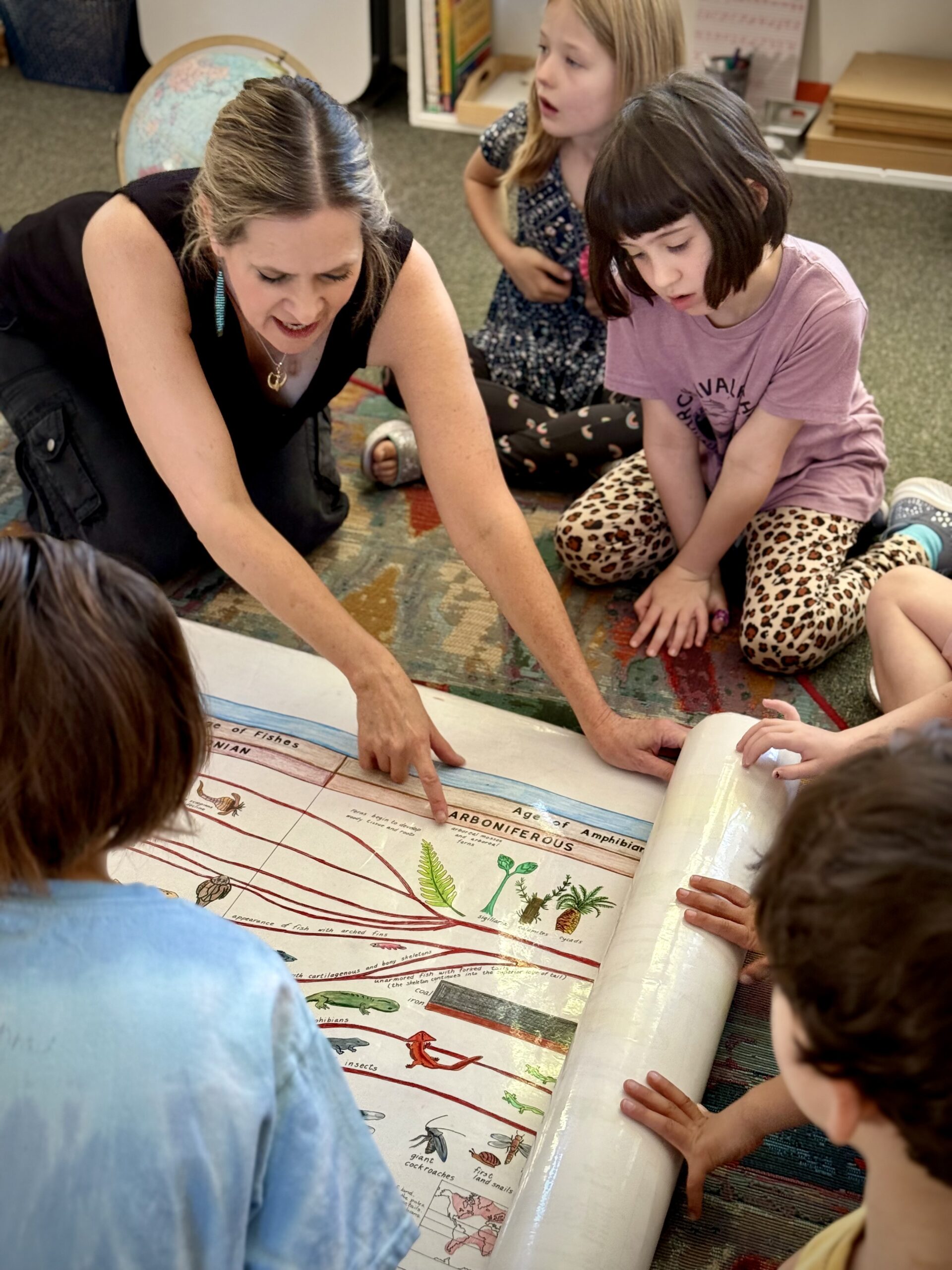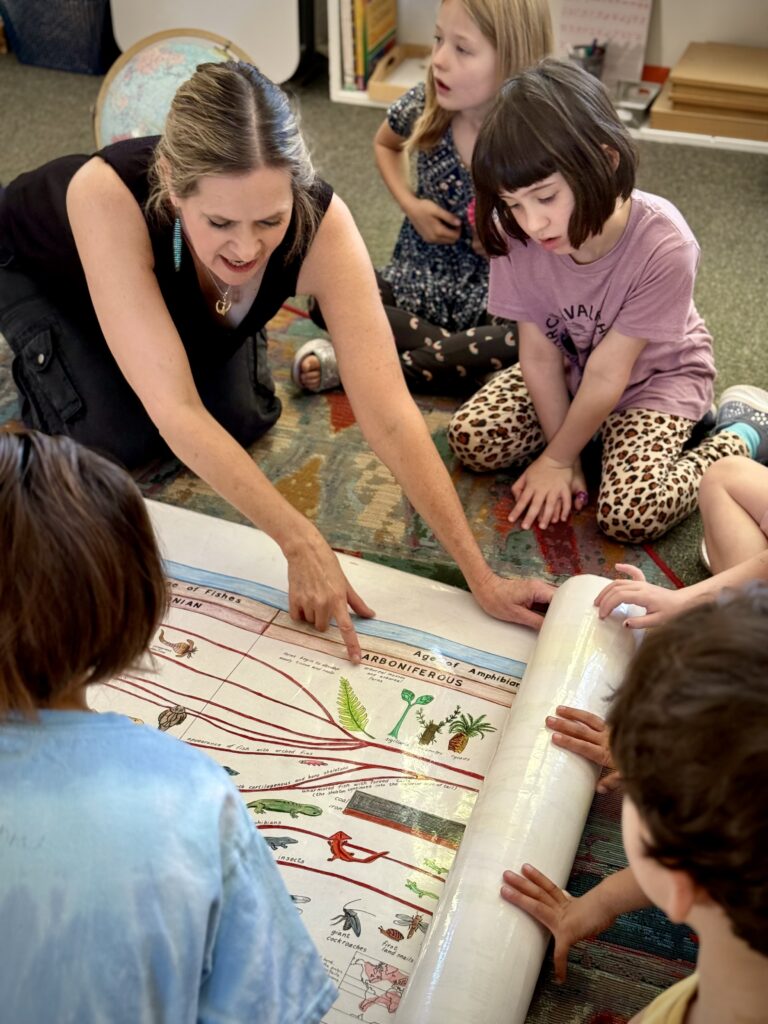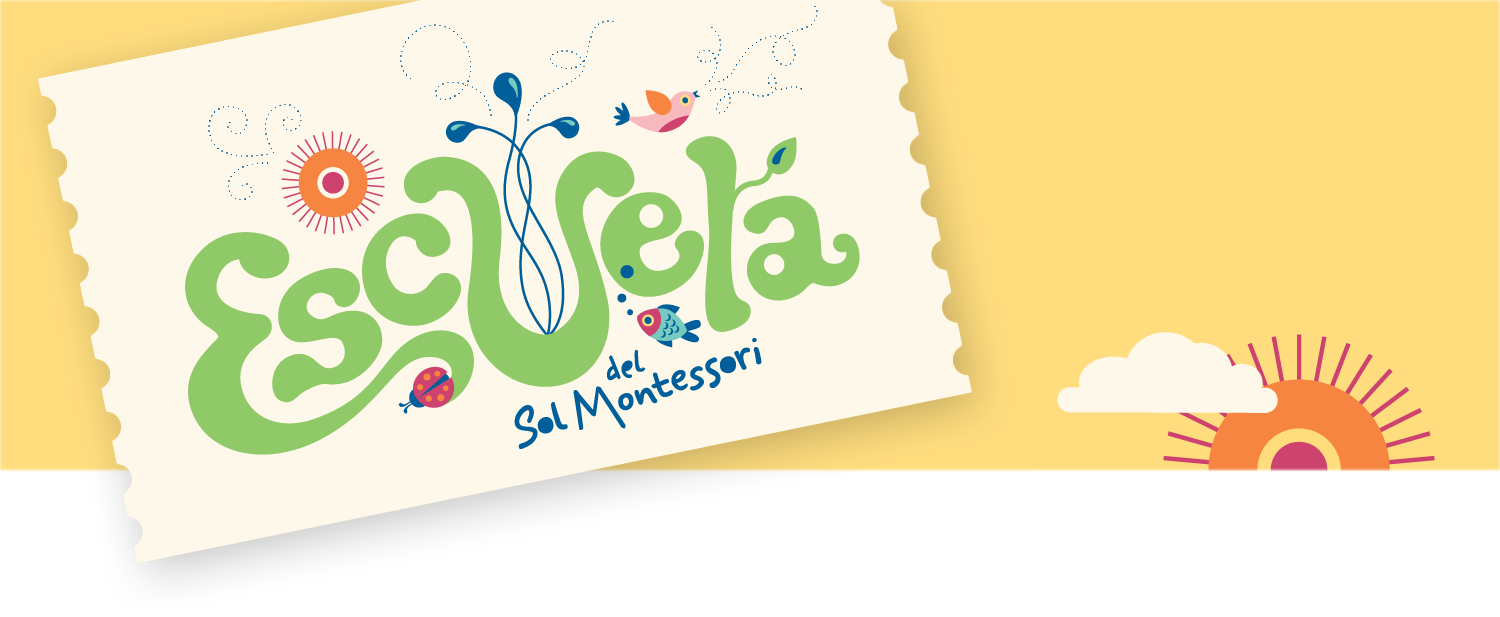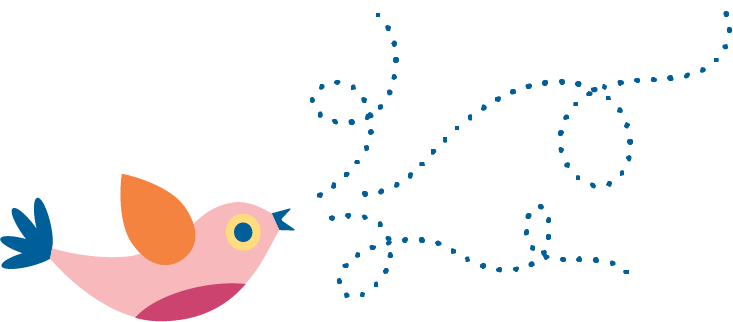
By Tanesia R. Hale-Jones, Head of School
One of the most frequently asked questions we get on tours and from families transitioning from one level to the next is “How do Escuela students do out in the ‘real world’?” The question is much more existential than it appears on the surface. We want to know how to ensure our children and adolescents are prepared for a future that is largely unpredictable – a future we can only imagine based on our own lived experiences and as we look around, a future that is undeniably uncertain and contains unknowns that we cannot protect against. As a parent, I understand the tenderness of this kind of layered question. I have often asked myself, witnessing my now 21-year-old navigate a post-pandemic world and wondered quietly, “Did I teach you enough?” The truth is that Montessori is transferable and deeply applicable to the wider world that children will inevitably navigate. We begin to orient them toward a “preparation” focused on this first encounter with survival in the “real world.”
How do Students do outside Escuela?
We can’t know how to prepare for the unknown. But having the freedom to choose the ways you explore your own curiosity and how you apply academic skills toward this curiosity and delight? These are components of lasting happiness: engagement and meaning. Montessori gives students tools to be critical thinkers, to be capable of caring for themselves and others in interconnected and holistic ways, to understand how to solve problems creatively not just in service of personal ideals, but for the greater whole. They learn how to access the world, how to find purpose and to be on purpose, regardless of the route to this end.
How We Montessori at Escuela
Early Childhood is marked by the power of the absorbent mind, which takes in all that is offered the young child. Introducing the beauty and wonder of the campus gardens and farm sparks something in the child who is biologically attuned to soak in their environments.
In Early Childhood it is about the acquisition of functional independence and the freedom to safely explore their world: family and school. Toddlers look out from their environment to the larger campus and rather than keeping them in the community until the arbitrary time marker of the ‘end of the year’ they might transition into Primary in January. The Primary child’s world is perceived as bigger because they themselves more consciously work to be able to learn how to ‘do it themself.’

The Elementary child’s transition into an intellectual, imaginative powerhouse is something to behold. It is in this steady six year period of growth that we witness the functional independence put to work: it is time to use this in-service of acquiring the entire universe. They are abundant with curiosity.
Going Out into the world to gather data, to meet with specialists, to shop for groceries, or conduct interviews, to make observations, to hike the foothills, all of it further fuels their quest for knowledge and helps them organize their thinking, their big ideas, and to practice the machinations of society: what is moral? What is right and wrong? They practice this in class in the form of class meetings, the co-creation of community agreements, and discussions about how to support the needs of the individual in the context of the community.
This trying on of being in society deepens when they get to adolescence. In Jr. High, the focus is on social independence and the movement toward economic independence. The questions of what it means to be part of the adult world are explored through economic endeavors and the real practices of Production and Exchange. Through engagement with community partners, who offer expertise and consultation, who model versions of adulthood and social/economic liberation that meet the needs of communities in various ways. Adolescents collaborate with both their peers and adults to co-create their social organization. To live out ways of being to take in the knowledge necessary to prepare them for adult life.
Our Escuela alumni report an abiding love and curiosity for learning, and a willingness to try new things, to be undeterred by mistakes or failures, rather emboldened to refine their process, to learn better. High school is a transition for everyone, but we hear over and over again that they connect with their teachers, they maintain relationships with their Escuela friends, they naturally and collaboratively take on leadership roles, they offer empathy and compassion to others, they learn from their mistakes and approach learning fearlessly.
Montessori in the World
And what does Montessori look like out in the world at the 4th Plane or into later adulthood? How do Escuela students Montessori in life? I am pleased to say they are their own people. They think for themselves. They are unafraid to build their own structures or pathways, to redefine success and progress. They love their communities and find ways to support both locally and globally. They are lovers of life and creative practice. They are mentors and entrepreneurs, they are activists and artists. The evidence points to individuals who are awake to the world around them and who know that they are individuals, but are deeply bound to others. At our recent Escuela Alumni Impact Award community celebration, our honorees shared that their Escuela experiences were rooted in community, connection, nurturing curiosity, and an interest in lifelong learning. These are the very core of our mission at Escuela, and become the foundation from which our students spring forth as they step outside of our blue gates and into the world.
Having witnessed the growth and transformation of children and adolescents over the past 20 years, what I can say is the point isn’t to “learn math” or “to write an essay.” The point is to learn how to make sense of the world, how to order it, how to find patterns, how to organize your thinking, to express yourself fully, to externalize your internal world. The point is to construct a self that is unique, but has been forged through interaction with the environment (small to large; local to global; familial to universal). One that belongs to the world and understands that you are responsible for your place in it.
“The child is capable of developing and giving us tangible proof of the possibility of a better humanity. He has shown us the true process of construction of the human being. We have seen children totally change as they acquire a love for things and as their sense of order, discipline, and self-control develops within them…. The child is both a hope and a promise for mankind.”
-Maria Montessori, Education and Peace


